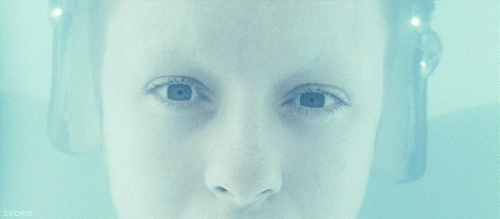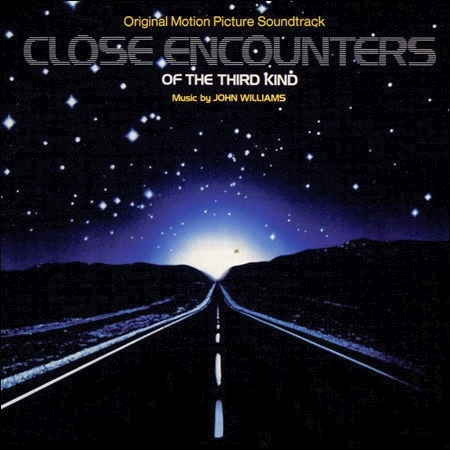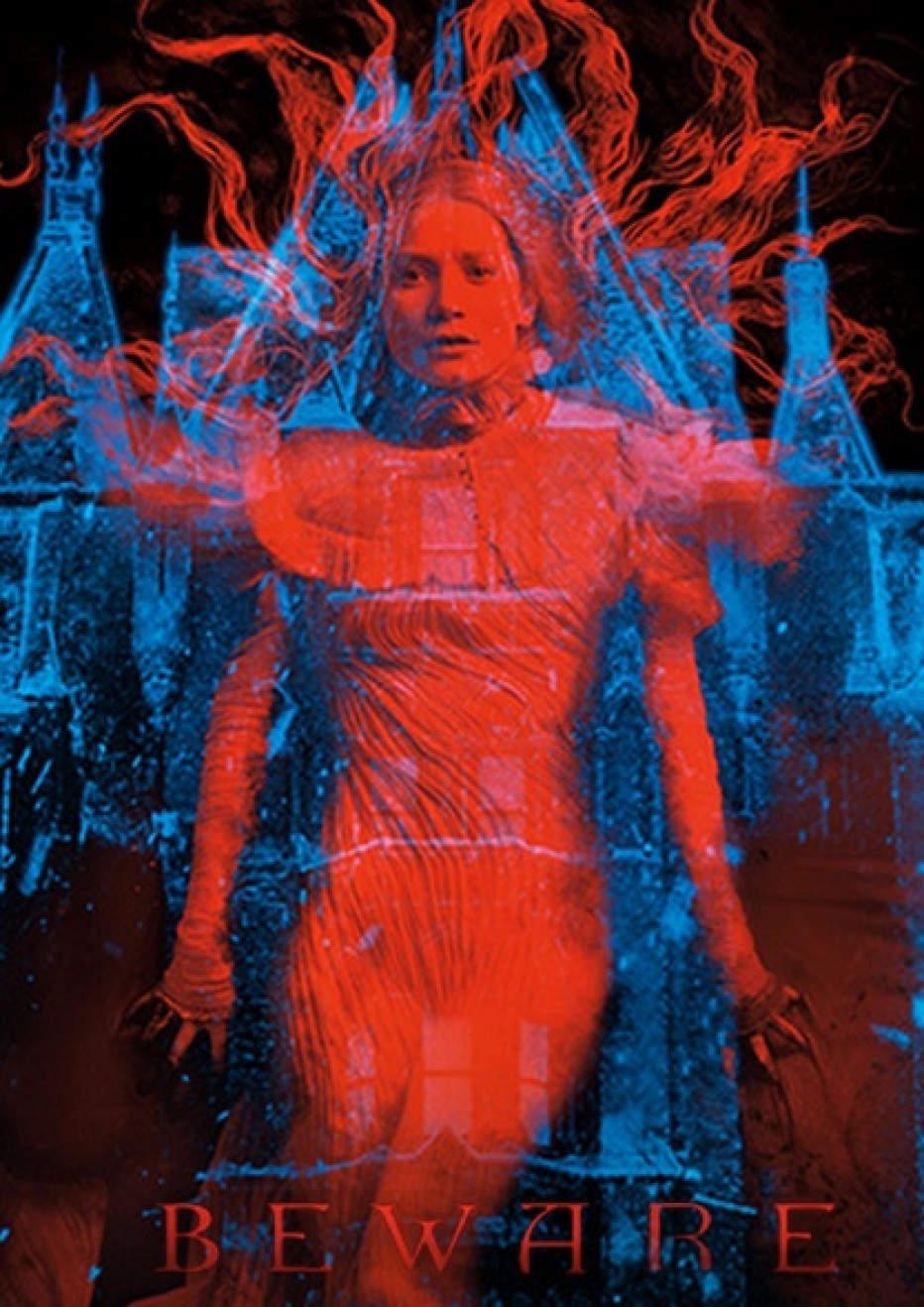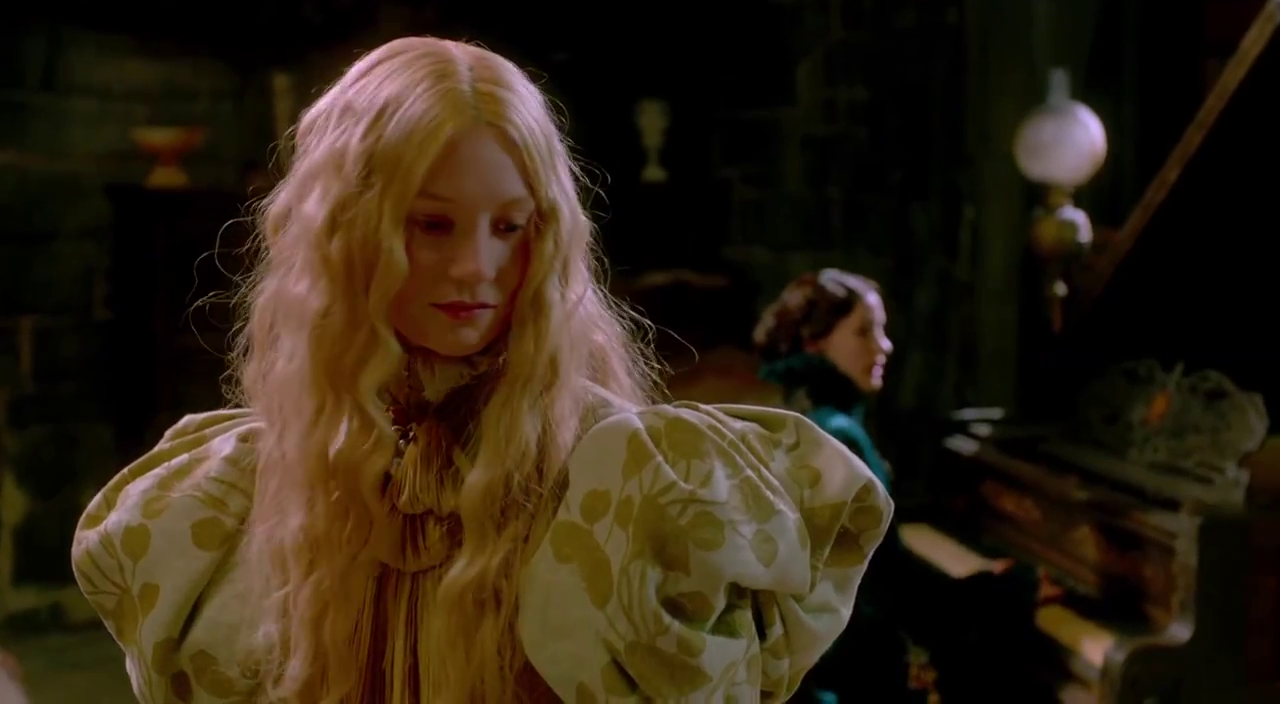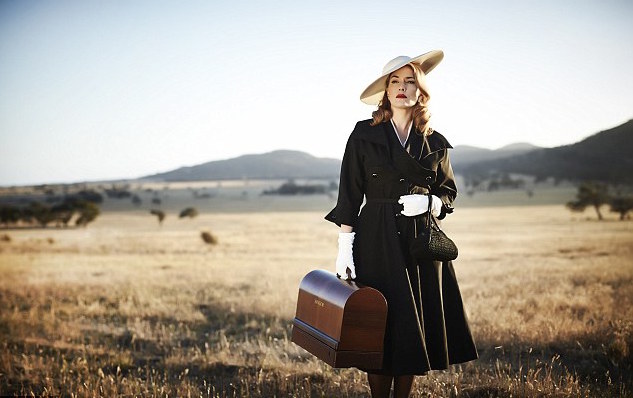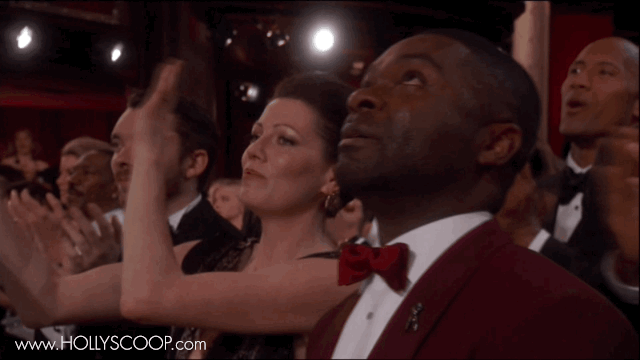Team Top Ten: Best Sci-Fi Films (Post-1977)
 Wednesday, April 29, 2015 at 6:19PM
Wednesday, April 29, 2015 at 6:19PM  Welcome back to April’s Team Top Ten. If you missed our show last week, we chose the best science fiction films made before 1977, the landmark year when both Close Encounters of the Third Kind and Star Wars were released. This week, the masterworks after that milestone.
Welcome back to April’s Team Top Ten. If you missed our show last week, we chose the best science fiction films made before 1977, the landmark year when both Close Encounters of the Third Kind and Star Wars were released. This week, the masterworks after that milestone.
Although you won’t be shocked to find that we managed yet again to have a tie at number 10 – a three-way tie, no less – our selection otherwise sprang a few surprises. There were omissions of high profile titles – David Cronenberg's The Fly *sniffle* – but we did otherwise cover all decades, multiple genres and even animated films. Long-time readers will not win bonus points for guessing what film came first. Still the margin by which it won was unexpected. It topped half of all ballots and won more points than the second and third films combined. Without further ado…
Team Experience Top Ten
Best Science Fictions Film Produced After 1977...
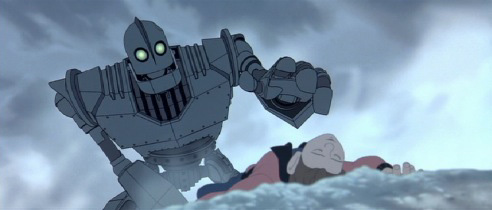
10. The Iron Giant (1999)
Even fifteen years after I have first seen it The Iron Giant is still one of those films that will light up my face with excitement when I read its name, or see an image from it somewhere. And it's no doubt the same excitement that so many people feel about Brad Bird's first film that has secured its lasting presence in popular culture, and now on this list. I have always been thrilled to introduce new audiences to The Iron Giant - watching it with friends who haven't seen it has become a bit of a tradition for me - so to think that its inclusion on this list might prompt a few of you to see it for the first time, or see it again with someone who doesn't know it yet, fills me with great joy.
–Sebastian Nebel
replicants, extra-terrestrials, and time travellers after the jump...
